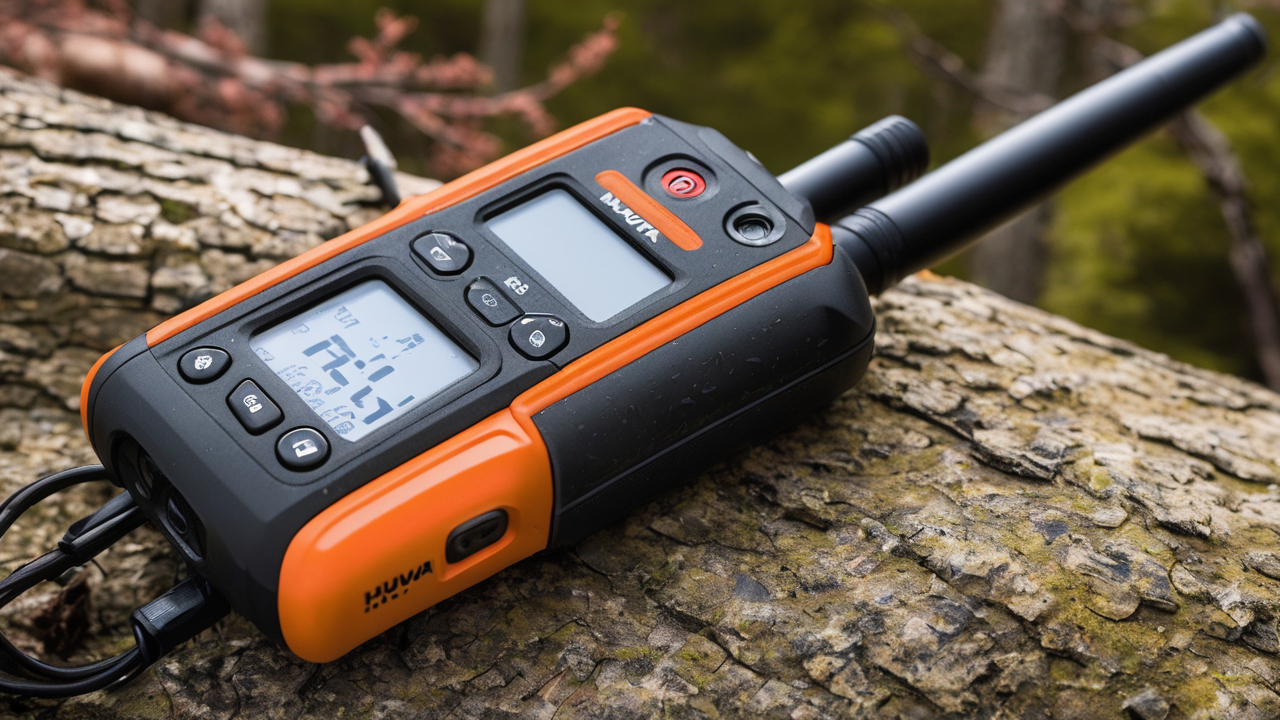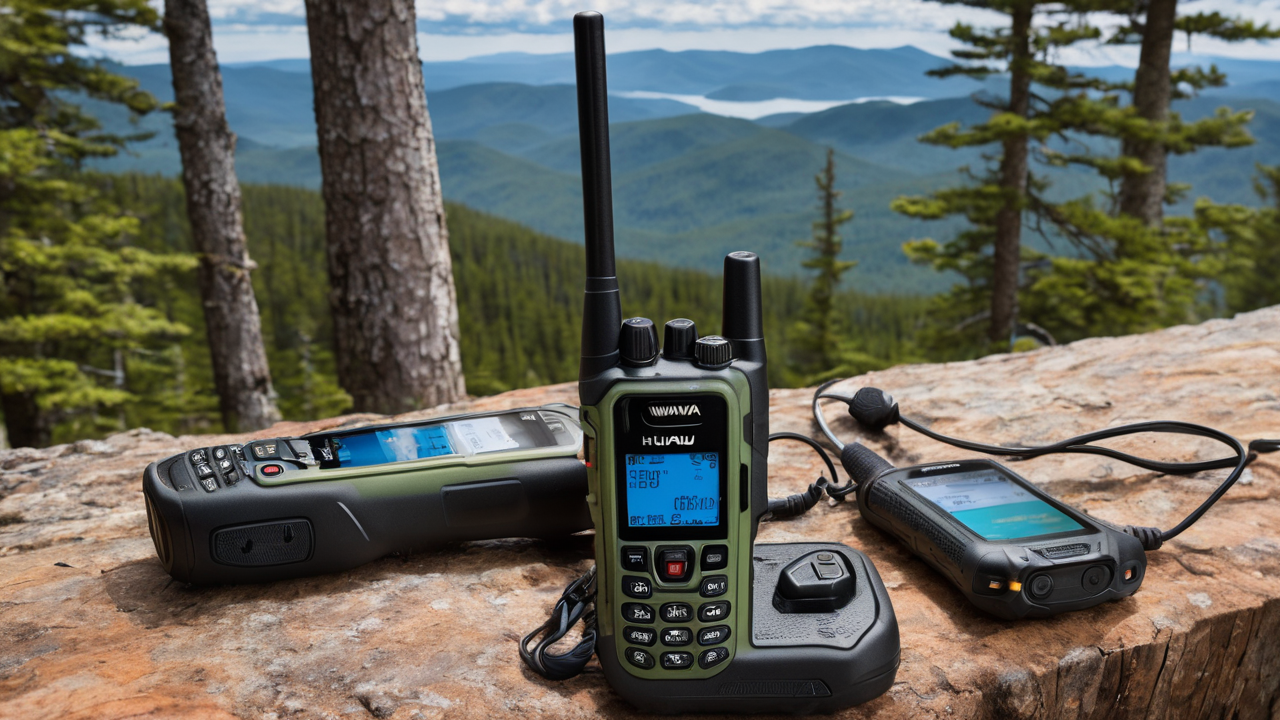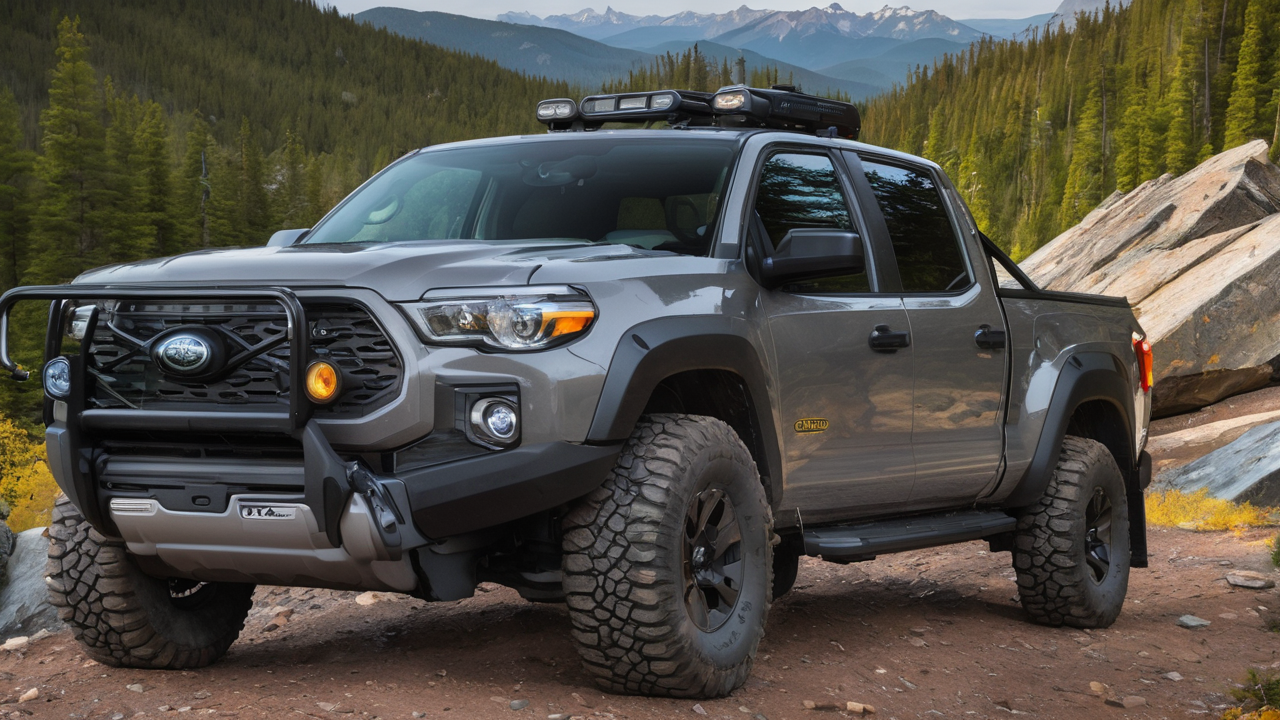Introduction to Two-Way Communication Devices
The Evolution of Walkie-Talkies and Two-Way Radios
Walkie-talkies and two-way radios have come a long way since their inception. These devices started as bulky military tools. Today, they're compact and user-friendly. Early models had limited range and features. Modern versions offer impressive capabilities.

The first walkie-talkies were developed during World War II. They were large and heavy. Two-way radios followed, offering more power and range. Over time, both devices became smaller and more efficient. Technological advances improved their performance and reliability.
Now, hikers can choose from a variety of models. These range from basic walkie-talkies to advanced two-way radios. Each type has its own strengths and weaknesses. Understanding their evolution helps in making an informed choice.
Key Features of Modern Walkie-Talkies and Two-Way Radios
Modern communication devices for hikers are packed with useful features. Here are some key aspects to consider:
- Range: Long range walkie talkies can cover up to 35 miles in ideal conditions.
- Battery life: Many models offer 12+ hours of use on a single charge.
- Waterproofing: Essential for outdoor use, with ratings like IPX7 for full submersion.
- Channel options: Multiple channels allow for private conversations.
- GPS integration: Some devices offer location tracking and sharing.
- Weather alerts: Built-in NOAA weather radio for safety updates.
- Hands-free operation: VOX technology enables voice-activated transmission.
- Emergency features: SOS buttons and distress signals for critical situations.
These features enhance communication and safety for hikers. They make exploring remote areas more secure and enjoyable. The right device can be a crucial tool in any outdoor adventure.
Assessing the Differences Between Walkie-Talkies and Two-Way Radios
Range and Battery Life Comparison
Range and battery life are crucial factors for hikers. Long range walkie talkies typically offer 20-35 miles of coverage. Two-way radios can reach up to 50 miles in ideal conditions. However, actual range varies based on terrain and obstacles.

Walkie-talkies often have shorter battery life, lasting 8-12 hours. Two-way radios can last 14-18 hours or more. Some models have replaceable batteries for extended trips. Solar charging options are available for both types.
It's important to note that advertised ranges are often optimistic. In real-world conditions, expect about 1-3 miles in forests or hilly areas. Two-way radios generally perform better in challenging environments.
Durability and Portability Considerations
Hikers need devices that can withstand rough conditions. Both walkie-talkies and two-way radios come in rugged designs. Look for features like:
- Shock-resistant casing
- Waterproof or water-resistant ratings
- Dust and debris protection
Walkie-talkies are typically lighter and more compact. They're easier to carry on short hikes. Two-way radios are often bulkier but offer more durability. They're better suited for longer, more challenging treks.
Consider the weight and size when choosing a device. It should be easy to carry and access. Some models come with belt clips or lanyards for convenience. Balance durability with portability based on your hiking needs.
Software and User Interface Differences
The user interface can greatly affect your experience. Walkie-talkies usually have simpler interfaces. They're easy to use with basic buttons and displays. Two-way radios often have more complex features. This can include menu systems and larger screens.
Software differences include:
- Channel selection and management
- Privacy code options
- GPS integration and mapping
- Weather alert programming
- Voice activation settings
Two-way radios typically offer more customization. They may have software updates for new features. Walkie-talkies are more straightforward but may lack advanced options.
Consider your tech comfort level when choosing. Simple interfaces work well for casual hikers. More experienced users might prefer the versatility of two-way radios.
The Impact of Choosing the Right Device for Hiking Enthusiasts
Safety and Communication in the Wilderness
Selecting the right communication device is crucial for wilderness safety. Long range walkie talkies and two-way radios offer vital links to civilization. They allow hikers to call for help in emergencies. These devices can also provide weather updates and navigation assistance.

Key safety features to consider include:
- Emergency channels for quick access to help
- Weather alert systems for storm warnings
- GPS tracking for location sharing
- Durability to withstand harsh conditions
Two-way radios often have more robust safety features. They may offer better range in remote areas. Walkie-talkies are simpler but can still be effective for shorter trips. Both can significantly enhance safety when used properly.
Remember, no device is a substitute for proper planning. Always inform others of your hiking plans. Carry backup communication methods when possible. Safety should always be the top priority in the wilderness.
How Two-Way Radios Enhance the Hiking Experience
Two-way radios can greatly improve the hiking experience. They allow groups to stay connected over long distances. This is especially useful when the group splits up. Hikers can share discoveries or coordinate meeting points easily.
Benefits of using two-way radios while hiking include:
- Keeping track of group members
- Sharing important information quickly
- Enhancing teamwork and coordination
- Providing peace of mind for solo hikers
Many hikers find that two-way radios add an element of fun to their trips. They can share exciting moments instantly. The ability to communicate easily can make hiking more enjoyable and social.
However, it's important to use these devices responsibly. Respect quiet zones and wildlife. Balance communication needs with the serenity of nature.
User Recommendations and Expert Endorsements
Experienced hikers and outdoor experts often recommend two-way radios for serious treks. They cite better range and reliability in challenging terrains. Many praise the advanced features of modern two-way radios.
User reviews frequently mention:
- Improved peace of mind on remote trails
- Appreciation for weather alert features
- Satisfaction with battery life on multi-day hikes
- Positive experiences with durability in harsh conditions
Experts emphasize the importance of choosing the right device for your needs. They suggest considering factors like trip length, terrain, and group size. Many recommend trying different models before making a final choice.
Remember that personal preferences vary. What works for one hiker may not be ideal for another. Consider renting or borrowing devices to test them before purchasing. This can help you find the perfect fit for your hiking style and needs.


